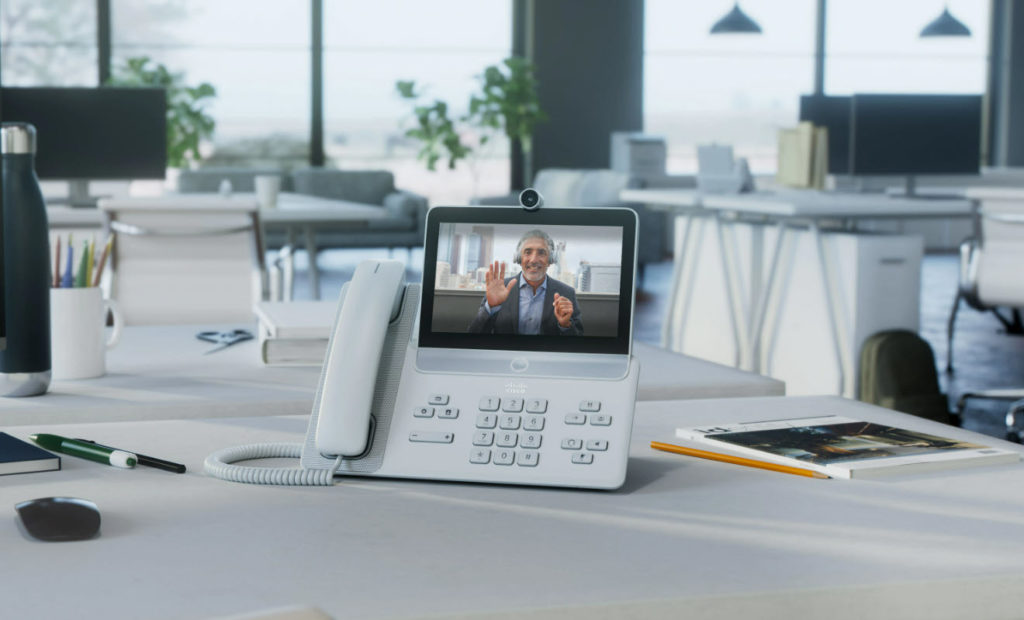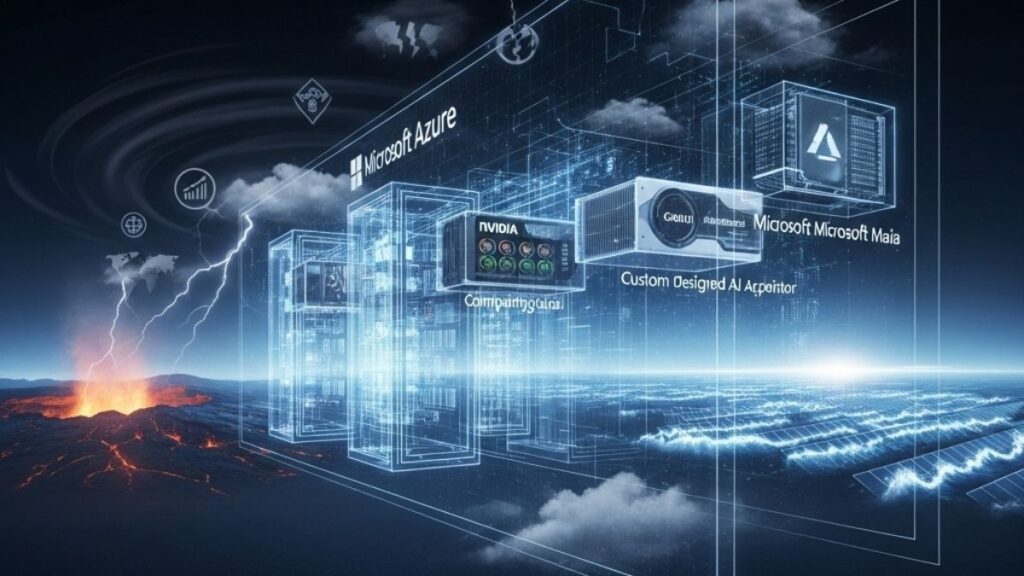One of the most interesting announcements back in the 1960s was the AT&T video phone that was just around the corner. And in anything but a whirlwind execution, here we are around sixty years later and Cisco has announced a truly viable video phone, the Cisco Video Phone 8875. It’s an impressive piece of hardware that I honestly would love to put on my own desk.
Let’s talk about the troubled history of the video phone and why it has taken so long to bring a viable solution to market at scale.
Videophone history
I first saw a video phone by AT&T back in the mid-1960s. It was an amazing view of the future and had a few problems: it would only work with one other phone, the video frame rates were like watching a series of still pictures, the quality sucked, and even the sound wasn’t great but. Then again, the sound wasn’t that great with non-video phones of the time either. They spent something like $500M developing this technology and again showcased the phone in 1970. We finally got low-quality video, though usability needed some work. While I have no idea how much that phone cost, I’m certain that I couldn’t have afforded it. It is kind of cute how excited they got about the mute feature, something we still struggle with today when on a video conference call while still muted (something I almost did again this morning).
Now, that was half a billion dollars back then or a whopping $3.7T dollars today (taking inflation into account) for a technology that never went anyplace. You could get one of these phones for only $160 a month, which would be $1,000 a month today, or you could go to booths to use the phone for only $20 a minute ($150 in today’s dollars). And after six years in service with very little sales, they pulled the plug. It was an amazing device given the state of technology back then, but the cost and experience sucked. The TV ad for the device is kind of interesting but a tad short of compelling.
Jump ahead to 1992 when they came up with the Videophone 2500 which sold for $1,499 (around $3K in today’s dollars) and it was even more compelling. You got a smaller color screen (about the size of the original iPhone screen), better frame rates (sort of at 10 frames a second), a nicely blurred image, and the price was eventually reduced to $999 (close to $2K in today’s dollars), and it still wasn’t successful.
Interestingly, at that time, I was working on a large video conference test with Apple and AT&T where workers at Apple felt video phones allowed their managers to spy on them. Given it was Apple, their concerns were likely well-founded, and they disabled the cameras, causing the test to fail.
Now, we effectively all have video phones in our pockets with smartphones that cost a fraction of what those early units cost and do a hell of a lot more.
The Cisco 8875 Video Phone
Cisco’s 8875 Video Phone looks like a video phone should and performs far better with decent frame rates, a sharp picture and integration with Cisco’s Webex calling service that makes it easy to switch from voice-only to video calls on the fly. But why would you need it over just using your smartphone or PC? The reason is that you don’t, particularly if you are using a laptop, want to use your screen real estate for the video call or don’t want to juggle your smartphone during the call.
This device seems to target those of us who are still desperately hanging on to desk phones and want to see the person at the other end but want the call handled separately from what we are doing on our PCs. Most of us in the office and many still working from home prefer a desk phone for business calls because it doesn’t run down our smartphone battery, is often easier to use, and provides a more stable base for both the camera and the video feed.
Cisco has had other videophones over the years tied to its phone systems, but this latest is the best of them all. It’s tied to Cisco’s new Webex calling service, making it more useful for hybrid workers than an earlier design, though I do think we are getting to the end of the videophone cycle just as that old AT&T phone was at the beginning.
Wrapping up
It is interesting to consider how long it took (sixty years) to go from when we first saw a video phone to where Cisco is now with the 8875. With a 7-inch touchscreen, a 1080p camera and one-button-to-join-meetings feature coupled with background noise removal, this black or off-white phone is a nice potential swan song to the end of a multi-decade long effort begun by the old AT&T and Bell Labs and now largely ending with Cisco’s 8875.
Designed for the hybrid workforce of today, this device is a true blend of how we used to do calling and conferencing to how we do it today. It’s centrally managed, secure and easy to use, and while it just supports WebEx for now, it represents the current state-of-the-art for IP desk phones which now, finally, include video.



